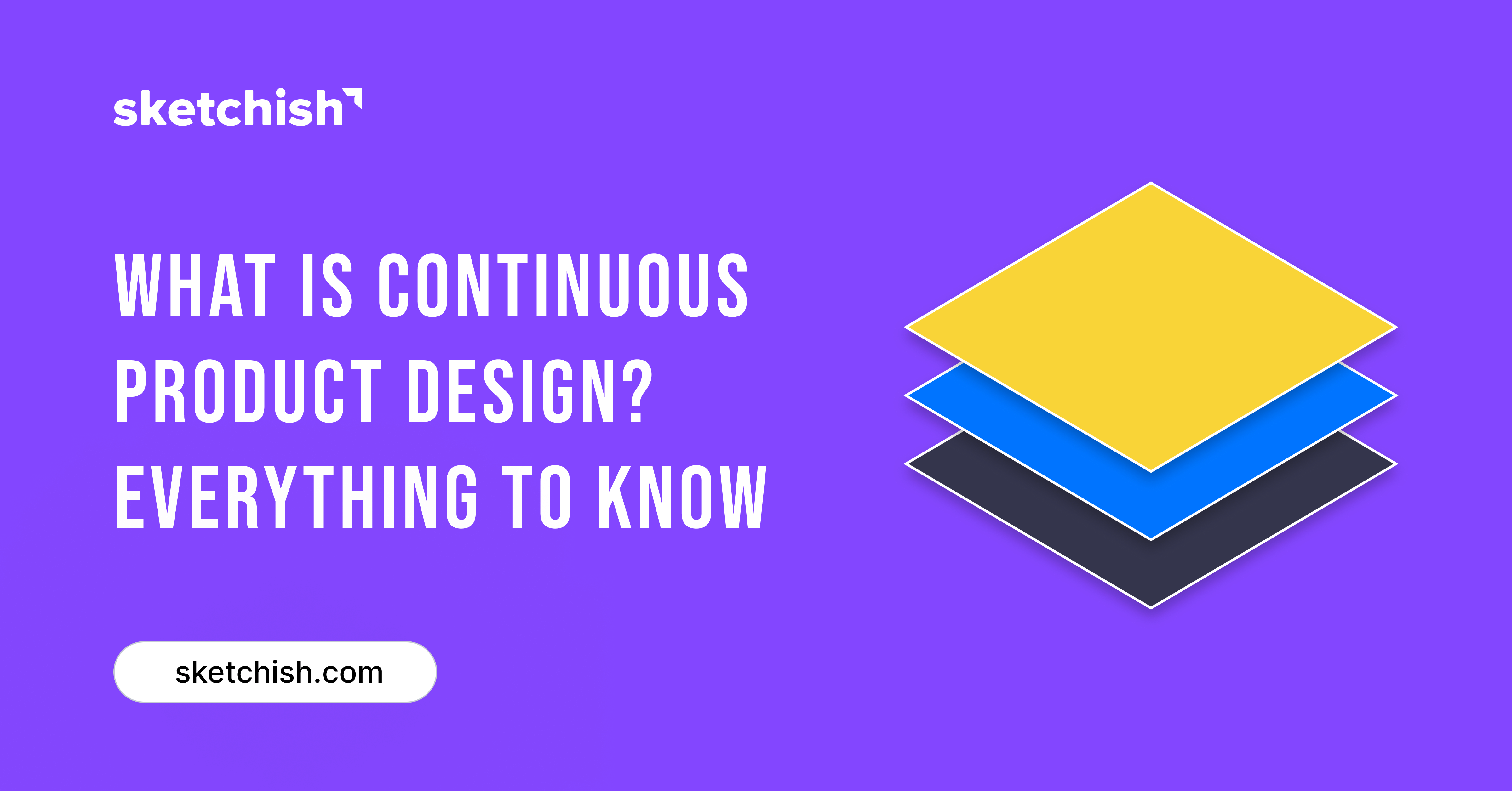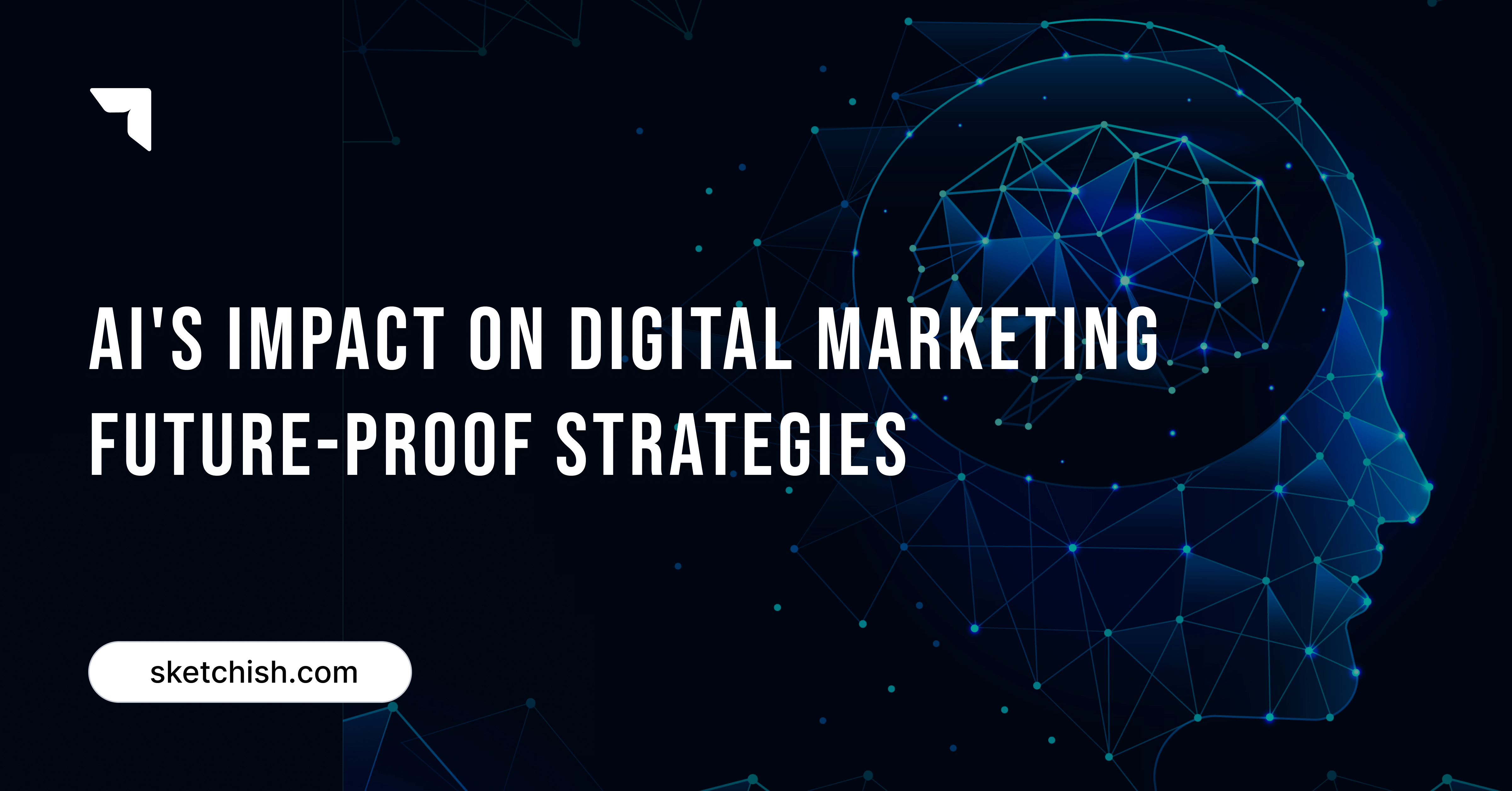Summary by AI ✦
Continuous Product Design is all about staying in sync with users and adapting as you go. Unlike traditional methods that stick to a straight path, this approach encourages regular feedback and collaboration across teams. With rapid prototyping and constant user engagement, you can tweak your product in real time to better meet needs and market trends. It’s a dynamic way to foster innovation and create experiences that truly resonate with users!
Continuous product design is all about keeping the user at the center of the development process. This approach emphasizes ongoing refinement and enhancement of products throughout their lifecycle, allowing companies to stay in tune with the needs and preferences of their customers.
According to a survey by McKinsey, companies that excel in customer experience can achieve revenue increases of 5 to 10 times compared to their competitors. By adopting continuous product design, businesses can ensure their offerings remain not just relevant, but truly valuable to users.
At the core of this approach is iterative design, which involves a repetitive cycle of testing, gathering feedback, and making adjustments. Research indicates that organizations using iterative design practices can reduce product development time by up to 30%, as they can quickly respond to real user experiences and insights.
This engages a culture of continuous improvement, where the focus is not just on meeting initial expectations, but on enhancing the product in ways that genuinely benefit the user. In fact, a study by Forrester found that improving user experience can lead to a conversion rate increase of up to 200%.
Together, continuous product design and iterative design create a more human-centric development process, leading to higher-quality products and more satisfied customers in today’s fast-paced market.
The Evolution of Product Design
Traditional Product Design Process and Its Limitations
The traditional product design process typically follows a linear model, characterized by distinct phases: conception, design, development, testing, and launch. While this structured approach has its merits, it comes with several inherent limitations. One major drawback is the lengthy development timeline, which can lead to products that are outdated or misaligned with user needs by the time they reach the market.
Additionally, this model often relies heavily on initial assumptions and market research, which can be flawed or incomplete. Feedback is usually gathered only after a product is fully developed, resulting in costly revisions or even complete redesigns if user needs or market conditions change during the process. Research shows that 70% of new products fail, often due to a lack of customer-centricity in their design.
As markets became more competitive and user expectations evolved, these limitations became increasingly apparent, prompting a need for a more adaptive approach.
Emergence of Continuous Product Design
In response to the challenges posed by traditional product design, continuous product design emerged as a more agile and responsive strategy. This model prioritizes ongoing interaction with users throughout the entire lifecycle of a product. By integrating real-time feedback and data analysis into each stage of development, companies can adapt their products to better meet evolving user needs and preferences.
The rise of digital technology and data analytics has been instrumental in facilitating this shift. Tools like A/B testing, user analytics, and customer feedback loops enable organizations to make informed decisions quickly and iteratively. According to a study by Harvard Business Review, companies that adopt continuous design principles can improve their product success rates significantly, with some reporting increases of up to 30% in customer satisfaction.
Ultimately, continuous product design represents a fundamental shift in how products are developed, allowing organizations to remain agile and customer-focused in an ever-changing marketplace.
Key Principles of Continuous Product Design
User-Centered Design: This principle focuses on understanding user needs and behaviors. Involving users through interviews, surveys, and usability testing ensures that products resonate with their target audience.
Collaboration: Continuous product design thrives on collaboration among cross-functional teams—designers, developers, marketers, and customer support. This diverse input fosters innovation and helps address challenges from multiple perspectives.
Adaptability: The ability to adapt to changing circumstances is crucial. Continuous product design embraces flexibility, allowing teams to pivot quickly based on user feedback or market trends, ensuring products evolve over time.
Rapid Testing and Learning: Feedback loops allow for real-time user testing of prototypes or features, helping identify pain points before full launch.
Data-Driven Decisions: Ongoing feedback supports data-driven decisions, enabling teams to prioritize features that enhance user experience.
Continuous Improvement: Feedback ensures that product engineering is a continuous journey, allowing for regular updates that lead to higher user satisfaction and loyalty.
The Role of Technology in Continuous Product Design
Continuous product design is an iterative approach that emphasizes ongoing improvement and adaptation of products based on user feedback, market trends, and technological advancements. Technology plays a crucial role in this process, influencing how products are conceived, developed, tested, and refined. Here are some key aspects of technology's role in continuous product design:
1. Rapid Prototyping
Advancements in 3D printing and digital modeling allow designers to quickly create prototypes. This enables teams to visualize concepts and make real-time adjustments based on feedback, significantly reducing the time from ideation to tangible product.
2. User Feedback and Analytics
Modern tools can collect and analyze user feedback efficiently. Platforms such as user testing services, social media analytics, and customer surveys provide valuable insights into user preferences and pain points, informing design iterations.
3. Collaboration Tools
Cloud-based collaboration platforms facilitate teamwork across different locations and disciplines. Tools like Slack, Trello, and Miro enhance communication, allowing cross-functional teams to work seamlessly on product development.
4. Agile Methodologies
Technology supports agile frameworks that promote flexibility and rapid iteration. Software development tools like Jira and Git allow teams to track changes, manage tasks, and continuously integrate feedback into the design process.
5. Simulation and Testing
Advanced simulation software enables designers to test products virtually under various conditions before physical production. This helps identify potential issues early, saving time and resources.
6. Data-Driven Decision Making
Big data analytics and machine learning can identify trends and patterns that inform product design. By analyzing customer behavior, market demands, and competitor strategies, companies can make informed decisions that drive product enhancements.
7. Integration of IoT
The Internet of Things (IoT) allows products to collect and transmit data in real-time. This connectivity provides insights into how products are used, enabling continuous improvement based on actual user behavior and performance.
8. Sustainability and Materials Innovation
Technology is also driving the exploration of sustainable materials and manufacturing processes. Innovations in materials science lead to more eco-friendly products, aligning with consumer preferences for sustainability.
9. Virtual and Augmented Reality
VR and AR technologies facilitate immersive product experiences, allowing designers and users to visualize and interact with products in a virtual environment. This enhances the design process and helps gather feedback more effectively.
10. Customization and Personalization
Technological advancements enable mass customization, allowing products to be tailored to individual user preferences. This personalization can enhance user satisfaction and loyalty.
Benefits of Continuous Product Design
Continuous product design offers numerous advantages that enhance a company’s ability to innovate and adapt to market demands. Here are some key benefits:
1. Faster Time-to-Market
Continuous product design allows teams to iterate quickly, reducing the overall development cycle. By integrating user feedback early and often, companies can release products or updates more rapidly.
Example:
Spotify: By employing agile methodologies and continuous delivery, Spotify can roll out new features and improvements multiple times a day, responding quickly to user needs and market trends.
2. Improved User Satisfaction
Incorporating user feedback throughout the design process ensures that products meet customer expectations. This responsiveness leads to higher satisfaction and loyalty.
Example:
Airbnb: The company continuously collects feedback from hosts and guests, using it to refine the user experience. This commitment to understanding customer needs has helped Airbnb maintain high user satisfaction levels.
3. Reduced Costs
Continuous product design helps identify issues early, reducing the risk of costly late-stage changes or product recalls. Additionally, iterative testing can lead to more efficient resource allocation.
Example:
Zara: The fast-fashion retailer uses a continuous design approach to quickly respond to fashion trends. This agility helps minimize overproduction costs and allows Zara to adjust its inventory based on real-time sales data.
4. Enhanced Innovation
A culture of continuous improvement encourages experimentation and innovation. Teams can explore new ideas without the pressure of a one-time launch, fostering a creative environment.
Example:
Amazon: The company’s “Working Backwards” approach emphasizes customer-centric innovation. By continuously iterating based on customer feedback, Amazon has successfully launched diverse products, from AWS to Kindle.
Challenges in Implementing Continuous Product Design
Resistance to Change
Employees may be accustomed to traditional design processes and hesitant to adopt new methodologies. This resistance can stem from fear of the unknown or concerns about their roles changing.
Strategy: Foster a culture of openness by clearly communicating the benefits of continuous product design. Provide training and involve team members in the transition process to create buy-in and alleviate concerns.Resource Allocation
Continuous product design requires dedicated resources—time, personnel, and budget. Organizations may struggle to allocate these resources effectively, especially if they are already stretched thin.
Strategy: Prioritize projects based on impact and feasibility. Start with pilot programs to demonstrate success before scaling up. Use metrics to justify resource allocation by showing the potential return on investment.Cross-Functional Collaboration
Continuous product design relies on collaboration across various teams, which can lead to silos and communication breakdowns. Different departments may have conflicting priorities or ways of working.
Strategy: Establish clear communication channels and regular touchpoints between teams. Implement collaborative tools that facilitate shared workflows and encourage a unified vision.Quality Control
With frequent iterations, maintaining consistent quality can be challenging. Rapid changes may lead to bugs or incomplete features if not carefully managed.
Strategy: Adopt automated testing and continuous integration practices to catch issues early. Set up a robust feedback loop with users to ensure that any problems are addressed promptly.Balancing Speed and Strategy
The emphasis on rapid iterations can sometimes overshadow long-term strategic goals. Teams may focus on quick fixes rather than addressing fundamental issues.
Strategy: Define clear objectives that align with overall business strategy. Use agile roadmaps that balance immediate user needs with long-term vision, ensuring that each iteration contributes to overarching goals..
Conclusion
In this blog post, we discussed the importance of continuous product design for successful product development. We saw how collecting ongoing user feedback, testing ideas repeatedly, and being flexible can help create products that really meet customer needs. Staying adaptable is key to staying competitive.
We also talked about how teamwork across different departments—like marketing, engineering, and customer support—can lead to better product design. When everyone shares their insights, the final product is often of higher quality.
In the end, continuous product design is crucial for long-term success. It helps businesses keep up with trends, adjust to changing customer demands, and provide real value. By focusing on this ongoing process, companies can ensure their products not only launch well but continue to grow and succeed over time.
Share on:



